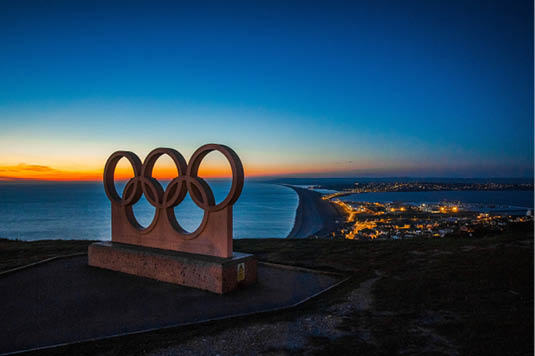Shooting looks like the breadwinner, as always, and India’s continued resurgence in boxing and wrestling drive our ambitions around these sports.
As the countdown to this year’s Olympics commences in the sporting fraternity, one cannot help but get a sense of déjà vu on our performance in Japan. The familiar suspects loom large. Shooting looks like the breadwinner, as always, and India’s continued resurgence in boxing and wrestling drive our ambitions around these sports. I do nurture the hope that badminton may surprise us positively, with Indians having shots at women’s and men’s singles, and men’s doubles, of a reasonable nature. We do hope for our best ever medal haul, and in that medal haul lies a story which needs to be explored.
It’s evident that in all the medal sports, there are strong benches, good training programs, and the institutions who run that sport work well with the establishment. Building athletes for world-class performance is an intense business, where one needs to work on the human capital with empathy,rigour and a process orientation. Private capital has also assisted in supporting many athletes to follow their passion, who are now emerging as contenders on the world stage. It is also not a surprise, that three out of the sports mentioned above have flourishing private leagues, which are enhancing the athlete fan experience, and also bringing in new followers to the game, and starting to build a viable workable model.
The real play for the establishment has to build performance towards 2024 and 2028 Olympics, and under the excellent new leadership of SAI, and a dynamic minister, there are some structural questions to be addressed. I see these issues around administration of the game, talent development, and private capital deployment.
While by and large, it can be said that the federations do a good job of running the sport in India, I do feel that there is not enough competitive exposure to emerging athletes. Different federations run the sports differently, but we need more entry-level tournaments across the length and breadth of the country. The licensing process for ranking tournaments has to be made easier, and one has to invite private investors to build this space. There is enough appetite to enter this space across the country, and capital outlays are not significant. More events mean more participation, more talent being exposed to the rigors of competitive play, thus driving the emerging talent pipeline.
Talent development is the crucible for future champions, and there is a major improvement on how we have addressed this as a country. I now see great focus on our medal hopefuls by the Government and the Federation, and I would even say that we are coming close to world class in certain disciplines. I see gaps at the second level where athletes are being identified. There are just not enough entry-level academies. And this is across all sports. The interesting piece is that, there is widespread interest in the private investor space to run academies. It’s a financially viable business for most part, and it also puts an early structure to the training piece. Even though licensing, and probably financial support is not required for this, SAI has to think through the coaching, and training support some of these entrepreneurs need. If this can be addressed, it will be the single biggest source of talent over the next few years. The ISL led football experiment is still in its early stages, but I predict that Indian football talent pipeline is in a good space courtesy the investment some of the teams have made, of world-class financially viable academies.
And finally private capital. Not only because of the financial investment, but the intellectual capital one gets in the business as a side effect. Even the most successful sports body in India, BCCI, is shored up by private capital. At a fraction of what BCCI earns, most sports will get transformed completely. A lot of the private capital is currently invested in leagues, and some of it is now demonstrating returns in terms of supporting more athletes financially so that they can focus on building their skills. I definitely know that in Badminton; close to fifty Indian players now can be supported through their league-based earnings, which Premier Badminton League has brought to the table. Interestingly, private investment also brings a lot of passion in the business. My experience on seeking investment in this space suggests that a lot of investors come in because they are passionate about the sport in question, and then they make it work.
Also, the Social Private capital, which is currently being deployed by some large corporates like Adani group, JSW etc., needs to be made less cumbersome. The industry has been suggesting for some time now, that all Olympic sports investment, including marketing, league losses should be allowed through the CSR fund. This one tweak will make the League and Team structure an investible business opportunity for investors sitting on the sidelines.
The federations and the Sports Authority of India have to agree on working structures to make some of these ideas work. For the most part, their objectives are clear–making India a Sporting Superpower. Their roles have to eventually move to being enablers, management of high impact projects. The system that will bring that to the fore has to build on a distributed, long-term basis, across the country. Let the sport emerge on its own through enhanced participation and action at the ground level.
One hundred medals for a billion-plus people country is not an impossible dream for 2028. We can make it happen. Let us do this together.

